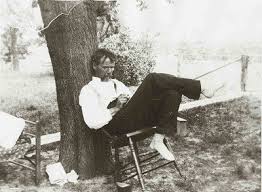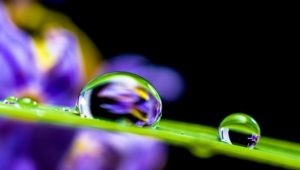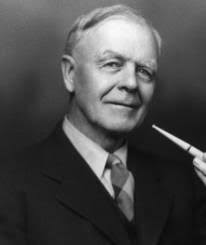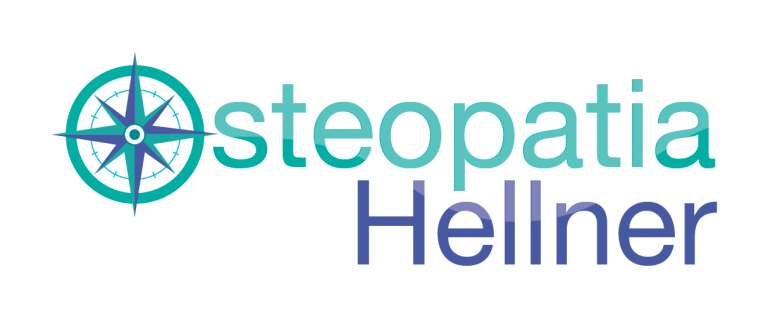The History of Osteopathy
Osteopathy was created in the United States in 1873 by Dr. Andrew Tailor Still (1828-1917). The word Osteopathy, from the Greek, literally means “the pathology of the bone”. But this translation is not correct. And yes, the emergence of the pathology caused by the loss of movement/alignment of the bones.
Dr. Still lost many family and friends to illnesses that didn’t have many treatment options at that time. His indignation, his curiosity, and always questioning everything, made him acquire a deep anatomical and physiological knowledge. And so he began to care for countless patients, believing in his principles and philosophy. Throughout his career he had numerous obstacles and adversaries. It was only at the age of 64 that he began to teach Osteopathy, founding the first school of Osteopathy in Kirksville, USA, the “American School of Osteopathy” in 1892, passing on all his knowledge to future generations.

What is Osteopathy?
Osteopathy is a purely manual form of therapy, where the therapist uses only his hands to diagnose and treat existing dysfunctions in different systems. All systems are interconnected and mutually influence each other. The body is seen as a whole.
During life, from pregnancy and childbirth, we collect different “traumas”, both physical and emotional, which are accumulated and memorized by the body, increasingly limiting its ability to compensate for limitations. Compensations are physiological mechanisms of the organism. One system helps the other. But when these compensations remain longer, the overloaded region can manifest itself in the form of wear and tear, tension, inflammation and/or pain.

Osteopathy balances the systems, releasing both tissue and joint blockages. Every body has the ability to heal itself, if it has the requisites to do so. One of Dr. Still’s first principles is the “Law of the artery”. A region can only recover if it has free blood supply, bringing all the necessary nutrients, as well as free venous return, that carries all the debris, an innervation and a free lymphatic vascularization. Only then can natural physiology act and the body heal itself.
Life shows itself in the form of movement. The lack of movement, whether in a large or small joint, leads to poor vascularization and precarious cellular metabolism, which causes the disease in a certain region..
Osteopathy knows and dominates all the existing movements in the body, from the largest joints, as well as the cranial bones, organs, the nervous system, among others. It aims to give the body more possibilities for compensation and an internal realignment.
The main systems that Osteopathy encompasses in its therapy are: the musculoskeletal system, the visceral system and the craniosacral system. No less important are the neurovegetative, fascial and lymphatic systems.
The Musculoskeletal System comprises muscles, joints, joint capsules, interosseous membranes, fascia, tendons and ligaments. There are several techniques for joint release. Joint blockages usually dissolve on their own when the cause is in another system and when that system is treated. Manipulations are not always necessary.
The Visceral System encompasses the organs, their fasciae, their innervation and vascularization. Each organ has its mobility that corresponds to its embryological development. Any change in the morphology and mobility of an organ suggests a loss of strength in itself or in another region, which generates a compensation from another organ or another region. In this system, Osteopathy acts in activating the vascularization of the affected region or organ, normalizing its mobility and function.
The Craniosacral System works mainly with the connection of the skull with the hip, with the cranial bones and their mobility, with the meninges and membranes and with the motility of the Nervous System, which has several rhythms, among other things.
Dr.Sutherland (1873-1954) is considered the father of Craniosacral Therapy, who was a student of Dr.Still.

Biodynamic Osteopathy
Dr. James Jealous, renowned North American osteopath, lived in the USA, dedicated his life rescuing and deepening the principles and philosophy of Dr. Still and Dr. Sutherland among others, bringing Biodynamic Osteopathy , which goes beyond physical body therapy . She also works with the fluidic body, with the different craniosacral rhythms and with greater forces: Tide, Potency, the Breath of Life, Ignition, Stillness, Perfect Health, embryological forces, among others.
The body itself has the ability to release the locks and dysfunctions, using these inherent forces. The technique is not invasive, it is very subtle. The fix occurs from the inside out.
Unlike conventional techniques, which occur from the outside in, where the therapist makes a manipulation.
In February 2021, Dr. James Jealous left us, leaving his immense legacy.
In Brazil, Biodynamic Osteopathy is pioneered and propagated by Dr. Aziza Lurica Nogushi. A field that will certainly still grow a lot.
Traditional Osteopathy encompasses all different bodies. Nowadays, what is best known here in Brazil is the work of Osteopathy with the physical body, biomechanical osteopathy.
Duration and frequency of sessions:
A session lasts 60-90 min, which may vary depending on each case.
The interval between one session and another is approximately 2 to 6 weeks, depending on the clinical condition, which is important to give the body time to reorganize and recover.
In babies, children and acute pain, this interval is shorter.

How is a session?
In general, it consists of 3 parts: an anamnesis, an inspection of all systems and the treatment itself. In the first session, the anamnesis is more extensive, being of great importance in understanding the chronology of symptoms and for understanding the clinical picture.
indications?
– joint pain in the spine and limbs, muscle pain, herniated discs, protrusions, sciatica, carpal tunnel, sprains, muscle strains, scoliosis, bursitis, tendinitis.
-headaches, migraines, sinusitis, rhinitis, otitis, tinnitus, bruxism, jaw tension, jaw pain and clicking, jaw occlusion disorders.
-Asia, reflux, gastritis, intestinal malfunction, cramps, menstrual disorders, PMS, incontinence.
-stress, hyperactivity, anxiety, lack of concentration, restlessness, insomnia.
-falls, fractures, post-surgical.
– in babies: colic, reflux, asymmetries of the head and trunk, difficulty in breastfeeding, crying a lot, irritability.
